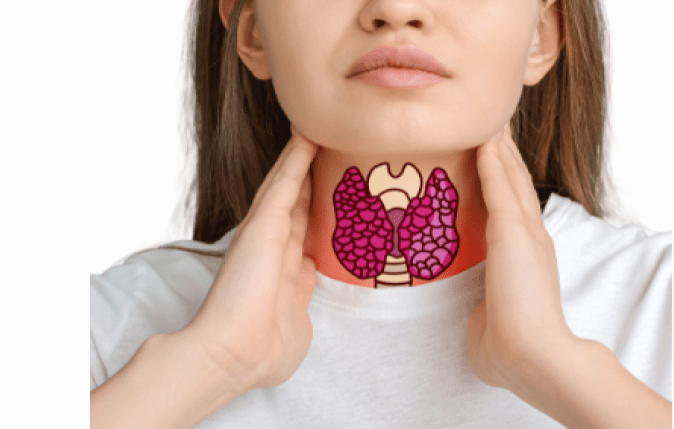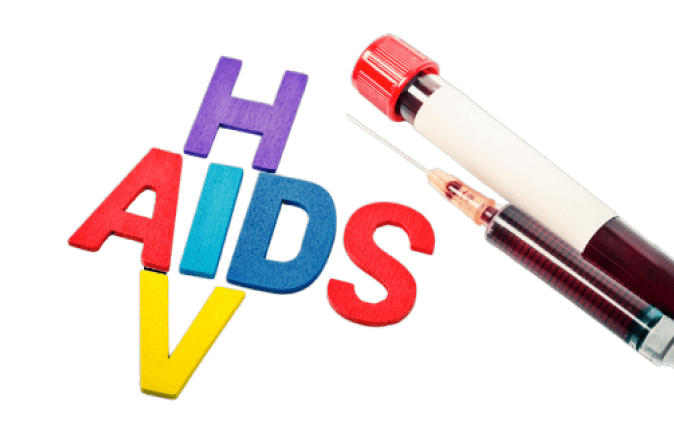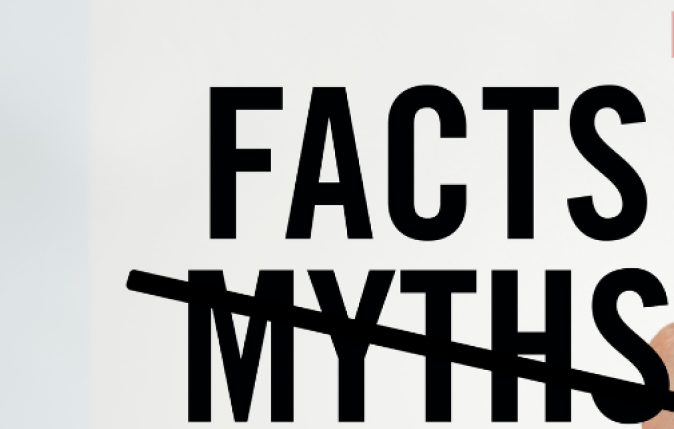Childhood cataracts might seem uncommon, but they’re a crucial concern affecting young ones globally. Understanding their causes, recognizing symptoms, and exploring available treatments is essential for parents and caregivers. Let’s delve into this eye condition that impacts children and explore how it can be managed effectively.
What are Childhood Cataracts?
Childhood cataracts refer to the clouding of the eye’s natural lens in infants or children, affecting their vision. Unlike cataracts in older adults, these may be present at birth (congenital) or develop during childhood due to various factors.
Causes of Childhood Cataracts
- Congenital Factors: Genetics often play a role, with some cases linked to hereditary conditions or genetic mutations.
- Infections during Pregnancy: Certain infections contracted by the mother during pregnancy, like rubella or toxoplasmosis, can increase the risk.
- Metabolic Disorders: Conditions such as galactosemia or Lowe syndrome can lead to cataract development.
- Trauma or Injury: Injuries to the eye or head during infancy or childhood might trigger cataracts.
Symptoms and Detection
Identifying childhood cataracts requires keen observation. Symptoms may include:
- Cloudy or Blurry Vision: The child may show signs of impaired vision or unusual eye movements.
- Abnormal Red Reflex: During a standard eye examination, the red reflex may appear absent or different in the affected eye.
- Strabismus: Crossed eyes or misalignment might be observed.
Diagnosis and Treatment
Diagnosis: Pediatric ophthalmologists conduct a thorough eye exam, often using specialized tools to evaluate the extent and impact of cataracts on vision.
Treatment Options:
- Surgery: In many cases, surgical removal of the cataract is necessary. This involves replacing the clouded lens with an artificial intraocular lens (IOL).
- Corrective Lenses: Following surgery, glasses or contact lenses may be prescribed to optimize vision.
Recovery and Prognosis
Post-surgery, most children experience significant improvement in vision. However, ongoing follow-ups and vision therapy may be necessary to ensure optimal visual development.
Conclusion
Childhood cataracts demand attention due to their impact on a child’s vision. By understanding the causes, recognizing symptoms, and seeking timely treatment, parents and caregivers can help ensure a better quality of life for affected children.

















